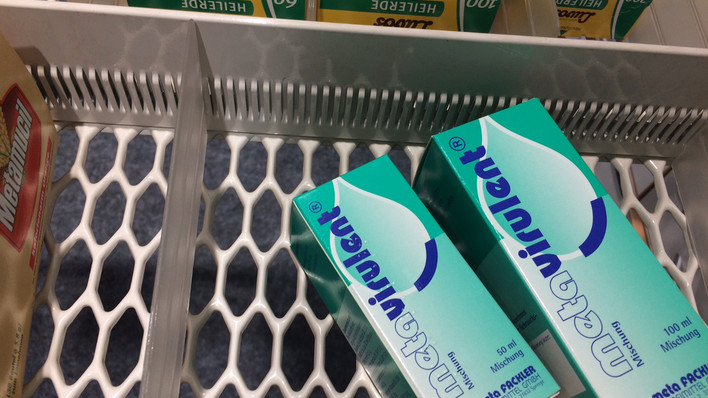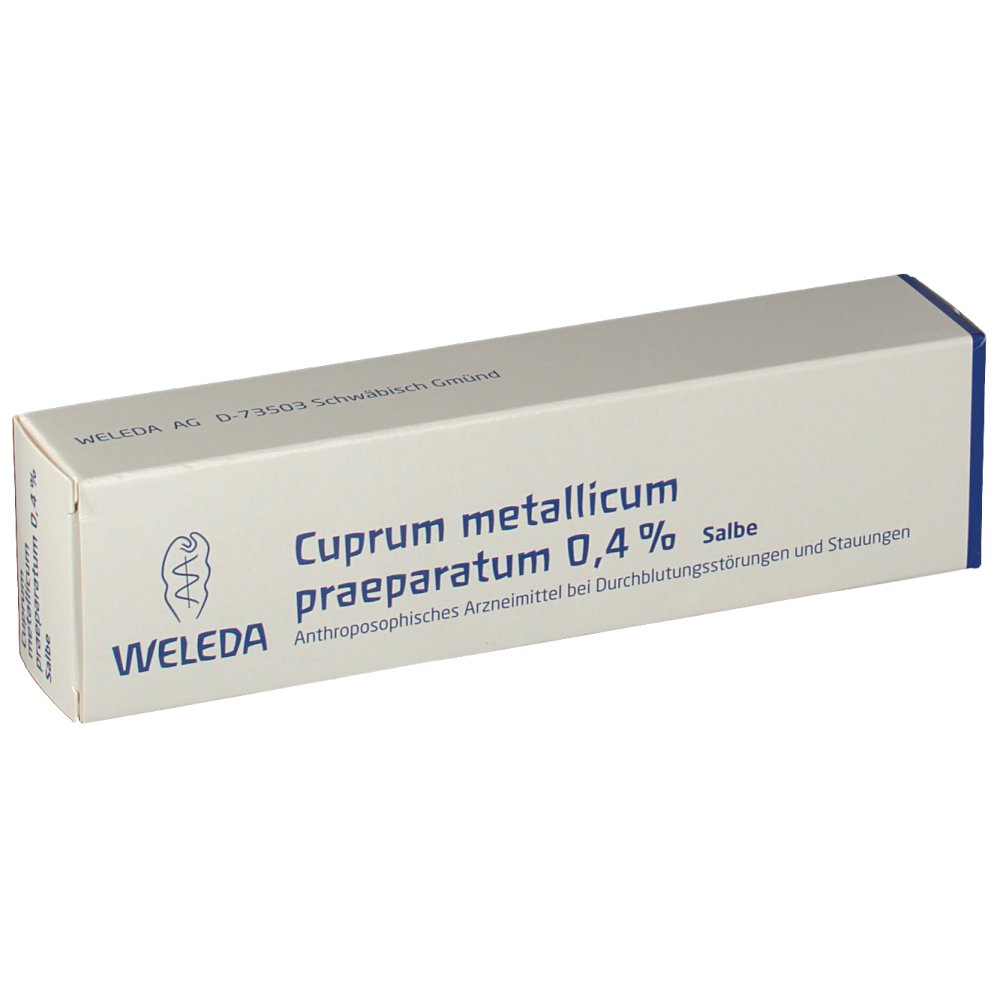

Bloody vomiting, following frequent retching. Frequent vomits of a bluish colour, followed by retching, dyspnoea, and irregular and frequent pulse. Vomitings, which are greenish, white, and frothy. Vomitings, sometimes very frequent, with colic and convulsions. Constant inclination to vomit, sometimes with cough and convulsive respiration, or else with frequent emission of urine. Risings, with copper-like taste and constant hawking. Loathing of food and drink (with animals), sometimes with retching. Inflammation of tonsils, or when they are enlarged will cause suppuration and favor healing.Ĭopper-like taste, and tongue covered with a greyish film. The face wears an expression of great anguish.Ĭonstant protrusion and retraction of tongue. Neuralgia behind right ear, in cheek- bone and upper jaw, worse moving, at night, from mental exertion, better by pressure, and by wrapping up head, feeling of coldness in head. Heaviness in the head, and slight deafness.Īfter riding several hours in railroad car sudden indistinct and double vision (paralysis of left abducens nerve). Inflammation of brain: prostration, breathing short and anxious, face puffed and pale, when drinking, child bit glass or spoon, following disappearances of rash. Agonizing headache at distinct intervals like paroxysms, lancinating pains, sometimes in forehead, sometimes in vertex, sometimes in temples or occiput, worse least pressure. Violent cephalalgia, with thirst and violent colic. Vertigo with stupefaction, better by evacuation of bowels.


Grief and dejection, with eyes sunken, tongue humid, insipid taste in the mouth, want of appetite, continued hawking, risings, with taste of copper, violent thirst, and smallness of pulse. Extreme anguish, with vomiting, colic, thirst, coldness of the limbs, and quick and spasmodic pulse. Fear: of falling, of persons approaching, of death. Maniacal talk, wakes screaming and scolding, tries to escape. Hallucinations of all kinds of figures and grimaces, especially in evening when going to bed and shutting eyes. Fixed ideas: he sees policemen come to seize him. (hydrocephalus and convulsions from suppressed exanthemas). *Complementary: Calcarea, Gelsemium (overworked brain): Cicuta and Solanaceae.” (mental symptoms), Zincum met. *Homoeopathic antidotes: Belladonna, Chi., Conium, Cicuta, Dulcamara, Hepar, Ip., Mercurius, Nux v. In poisoning cases it is *antidoted by: sugar, or white of egg, given freely. It is suited to the carbo- nitrogenous constitution. The symptoms are worse by heat and by motion. In epilepsy the aura begins in the knees and ascends to hypogastrium, when patient becomes insensible. As pointed out by General Phelps (*H.W., October, 1896), the “Crimson Cross Ointment” used successfully by Fielden in the Gloucester epidemic of small-pox owes its virtue to the *Cuprum *acet. Petroz recommended its use in small-pox and verified his induction in practice. Complete cure in five days, after months of previous suffering (*H.R., ii.

There was no traceable cause, and no other derangement of health. of a tonic spasm of the toes of the right foot, very painful, lasting for hours, brought on by friction, standing on cold floors, etc. Burnett is unable to say whether the cure was strictly homoeopathic or “whether the *Cuprum acted on the basis of the Paracelsic Universalia of which it is one.” A man, 50, was cured with *Cuprum *ac. The pain was described as boring, screwing and was spoken of by the patient as “awful.” Dr. He used Rhademacher’s *Tincture of Copper. Burnett has cured with it a case of left-sided brow ague of many years’ standing. It corresponds to the results of repelled eruptions. Attacks come on suddenly and periodically. produces the leading features of *Cuprum *met., cramps, griping pains, spasms, paralytic affections, and convulsions.


 0 kommentar(er)
0 kommentar(er)
